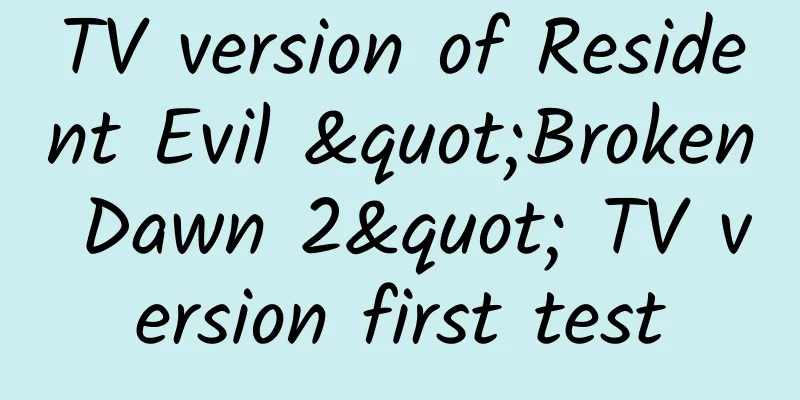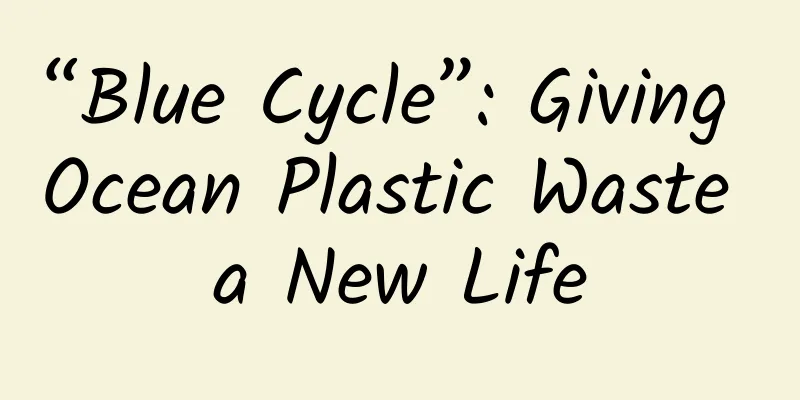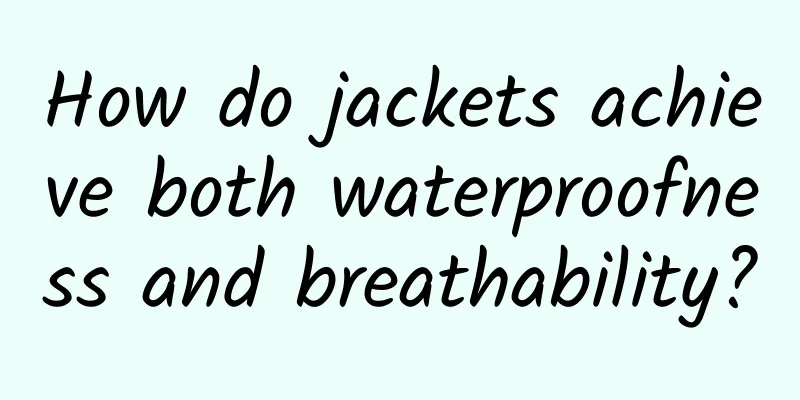VideoStudio 2020 video tutorials from beginner to advanced

|
Suitable for people: Beginners who want to systematically learn VideoStudio; Students who can do basic operations but are not proficient in them; Chapter 1: The Basics 1.1: Working interface - understanding the interface structure of the software 1.2: Change the default startup interface of the software - the "Edit" interface appears when the software is opened 1.3: Change the default photo/color range-Change the default photo display duration 1.4: Create a simple video project - the complete process of making a video 1.5: Display a message when inserting the first video clip into the timeline - Why does a prompt box pop up when inserting the first video? 1.6: Correct project operation process-Important! Important!! Important!!! 1.7: Project saving and auto-save interval - Be sure to save your project from time to time 1.8: Project attributes - the first step in making a video, equivalent to the blueprint for building a building 1.9: Introduction to the preview window and navigation panel 05 minutes 13 seconds [paid] 1.10: Project and material selection and playback - Material and project playback no longer has errors 1.11: Change project aspect ratio and custom aspect ratio - custom resolution 1.12: Black edges in 16:9 and 16:10 and resampling options - causes and solutions for black edges 1.13: Resolution - video clarity and aspect ratio 1.14: Timecode and frames 1.15: Crop mode, ratio mode and alignment options 1.16: Use Adjust to Screen Size as the Default Size on the Overlay Track - How to make the material inserted into the Overlay Track full screen 1.17: Reset deformation and operation tips 1.18: Introduction to the Display Library Panel 1.19: Deleting thumbnails and changing thumbnails - Why can't thumbnails be deleted sometimes? 1.20: Library Manager Function 1.21: 4 ways to import materials into the material library 1.22: Show options panel - different material types, different tracks, different options panel functions 1.23: Overlay PNG material - material with transparent areas 1.24: Movement Paths - Analogy to Rails in a Subway 1.25: Storyboard view and timeline view - general understanding of storyboard view 1.26: The ratio of the timeline window size - the function is similar to the size zoom of the mobile map 1.27: Track-track addition, deletion, exchange and other functions 1.28: Show all visual tracks - squeeze the track height to show all tracks 1.29: Track Manager 1.30: Interface layout settings - change interface layout 1.31: 5 ways to insert material into a track 1.32: Material display mode and setting working folder 1.33: Introduction to the automatic scrolling timeline function 1.34: Media Library Animation 1.35: Smart Proxy - No more lag when using HD video 1.36: Video Express - General Understanding 1.37: Instant Project Templates - Use system preset templates 1.38: Computer storage units and transfer rates 1.39: Essential auxiliary software for VideoStudio; 1.40: Sources Chapter 2: Video Trimming 2.1: Start Mark, End Mark - Capture a Section of the Video 2.2: Split the material according to the position of the slider - split the video material into multiple segments 2.3: Trimming tags - functions similar to the start tag and end tag 2.4: Single material trimming 2.5: Multi-trim video 2.6: Segmentation by scene 2.7: Slide-Adjust the start and end time of the clip material 2.8: Roll - Adjust the edit point between two clips 2.9: Slide - Adjust the start and end frames of adjacent clips 2.10: Speed adjustment - adjust the playback speed of the material 2.11: Speed/Passage of Time 2.12: Time lapse/stroboscopic photos 2.13: Variable speed 2.14: Speed change case 2.15: Freeze Frame 2.16: Snapshots and Examples 2.17: Reverse video and rotate functions 2.18: Remapping time 2.19: Save the trimmed video 2.20: Chroma key background removal - mainly suitable for monochrome background 2.21: Mask frame and video mask 2.22: Highlight Moments - New Features in VideoStudio 2020 2.23: Project file nesting; Chapter 3: Basic and Advanced Movements 3.1: Create a new project, open a project, save a project 3.2: Introduction to basic movements 3.3: Basic action examples 3.4: How to open a custom action 3.5: Keyframes and add/delete selection switching methods 3.6: Custom action attribute values 3.7: Copy, Paste, Copy optional attributes and paste to all, Copy all and paste, Copy and delete the middle content, Copy all and paste to the right 3.8: Custom Action Case 1: Touch 3.9: Customized Action Case 2: Pad flips to display different photos or videos 3.10: Custom Action Case 3 Image Carousel 3.11: Custom Action Example 4: Flipping Album 3.12: Custom Action Case 5 Speed and Distance 3.13: Custom Action Case 6 Scroll Case 3.14: Custom Action Case 7 Envelope Flying Out of Photo 3.15: Pan and zoom Chapter 4: Titles and subtitles 4.1: Download and install fonts 4.2: Title track and title template library 4.3: Adding, selecting, moving, modifying and deleting titles 4.4: Font attributes and title safe box 4.5: Title Style and Border 4.6: Title shadow and background 4.7: Title Motion Effects 4.8: Title Effect 4.9: Case 1 Typewriter typing effect 4.10: Case 2 Marquee effect - right in and left out 4.11: Case 3: Title imitates the effect of bullet screen 4.12: Exporting and importing subtitles and solutions to the problem of garbled subtitles when importing 4.13: Convert this frame to PNG, convert to animation, merge and save as template 4.14: Alternative implementation of karaoke subtitles 4.15: Subtitle Editor 4.16: 3D Title Editor Chapter 5: Transition 5.1: Introduction to the Transition Library 5.2: 6 ways to add transitions 5.3: Transition replacement, deletion and duration 5.4: Transition options panel and customization 5.5: Examples of Combining Transitions and Titles 5.6: Transition to create custom video masks and mask frames 5.7: Track transparency Chapter 6: Filters 6.1: Introduction to filter library 6.2: Adding, deleting and replacing filters 6.3: Filter presets and custom filters 6.4: Filters and Titles 6.5: Light Filters Chapter 7: Sound and Music 7.1: Audio Basics 7.2: Introduction to the Sound Library 7.3: Add and remove audio and music and sound options panel 7.4: Audio Filters - Creating Sound Effects 7.5: Automatic music - use the music that comes with the system 7.6: Mixer - Make left and right channels and ducking between voice and background music 7.7: Audio Adjustment/Audio Ducking 7.8: Separating Audio - How to Separate the Sound from the Video 7.9: Equalizing audio - making the volume of two or more segments consistent 7.10: Voice-over - How to record or dub a video 7.11: Play audio and automatically apply audio crossfades during instant preview 7.12: Chapter points and cue points 7.13: Html5-Combined with chapter point function Chapter 8: Auxiliary functions and important functions 8.1: Grouping and continuous editing - How to move one or more track materials backward or forward synchronously as a whole 8.2: Relink 8.3: Displaying Grid Lines 8.4: Replacement of materials 8.5: Static Mode of Drawing Creator 8.6: Drawing Creator Animation Mode 8.7: Drawing Creator - Handwriting Example 8.8: Mask Creator Text Mask Tool 8.9: Mask Creator Mask Operations 8.10: Split Screen Template Creator and Split Screen 8.11: Motion Tracking 8.12: Supplement of motion path 8.13: Multi-Camera Editor 8.14: VideoStudio 360 Video 8.15: Mark as 3D video 8.16: Stop-motion animation and examples 8.17: Screen Recording MultiCam Capture Chapter 9: Sharing Output Video 9.1: Smart Package 9.2: Batch conversion 9.3: Sharing output video Chapter 10: Color Grading 10.1: Color Basics and Automatic Color Adjustment - Adjusting the Color of the Material 10.2: White Balance - Adjusting the White Point of Your Footage 10.3: Tone Curve - Adjust the color of a single channel or composite channel 10.4: HSL adjustment - adjust hue, saturation and brightness separately 10.5: Color Wheel - Adjust the brightness and color of highlights, shadows, halftones, and color cast areas 10.6: LUT profile - simply understood as a color filter |
<<: Is information flow too expensive? Tell you how to create the effect of 5 million with 500,000!
>>: 3 tricks to achieve high conversion rate of information flow promotion landing pages!
Recommend
4 tips to teach you how to make short video advertising materials
All advertisements are inseparable from creatives...
The tender heart of a construction maniac: leaving a corridor of life in the natural habitat - wildlife corridor
With the continuous development of human civiliza...
2019 Tik Tok promotion and operation strategy!
20% of the videos account for 80% of the views, b...
The inconspicuous invitation gift activity: Why are so many APPs using it?
Nowadays, when it is so difficult to acquire cust...
[Tencent Bugly Tips] Canvas Particle Engine Hands-on Tutorial to Impress Leaders and Users
[[165460]] Preface Well, calling it a "parti...
How much does it cost to make the Aral Logistics Mini Program? What is the quotation for the development of the Aral Logistics Mini Program?
How much does it cost to make the Aral Logistics ...
How to choose keywords for Baidu bidding promotion?
Nowadays, bidding promotion has become a very imp...
Walking like a penguin? Be careful of these 5 walking postures, there may be something wrong with your body!
Everyone's walking posture is different. Some...
Simple-side-drawer implements the side menu
introduce Implement the drawer view (slide out me...
Can a spacecraft be blown away with just one breath?
If I say that I can blow away Tiangong-1 with one...
iOS 15 beta 3 new features summary: Safari continues to improve
Apple today released the third beta of iOS 15 and...
The key to breaking community fission from within is to build a good user role structure!
When operating a community , you will inevitably ...
Baidu Netdisk Super 0 Tutorial Course Materials
Baidu Netdisk Super 0 Tutorial Course Materials 1...
Laying the foundation for the rapid development of mRNA vaccines: Interpretation of the 2023 Nobel Prize in Physiology or Medicine
Xinhua News Agency, Beijing, October 2 (Reporter ...









